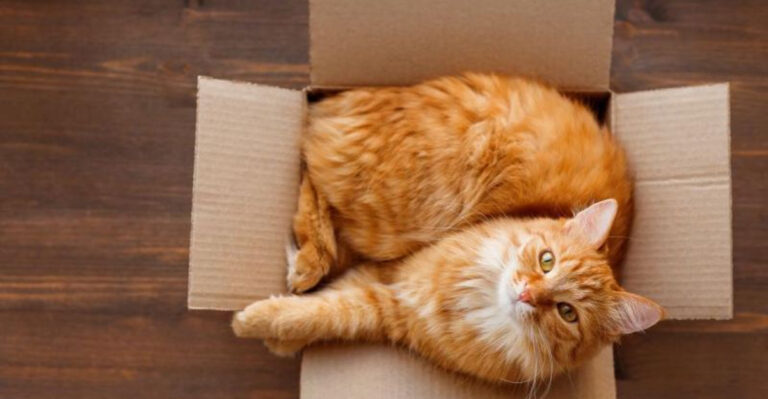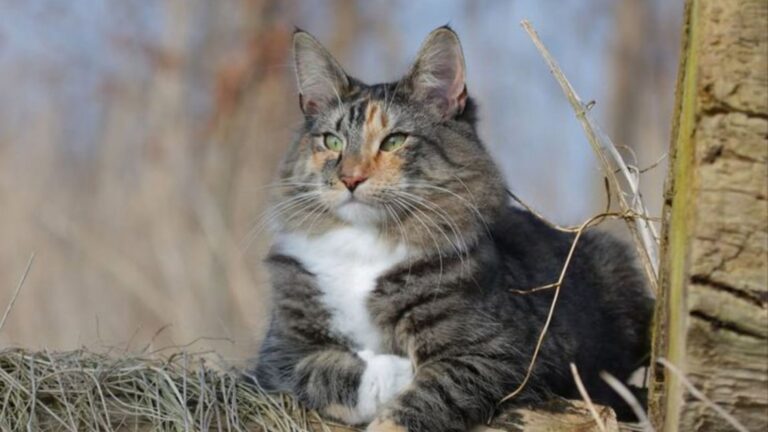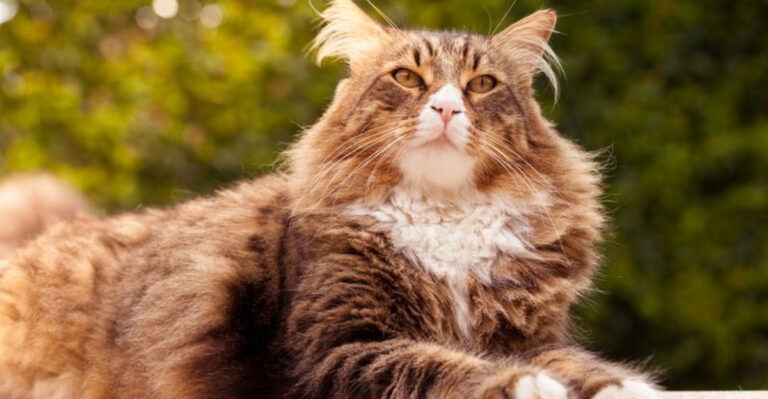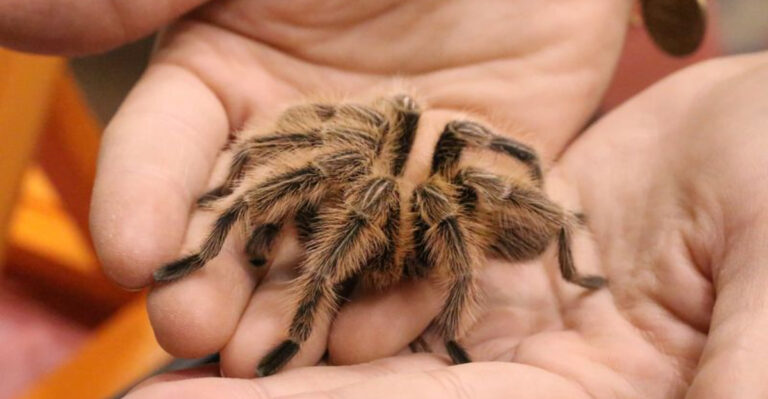North American Animals Using Hibernation To Their Advantage
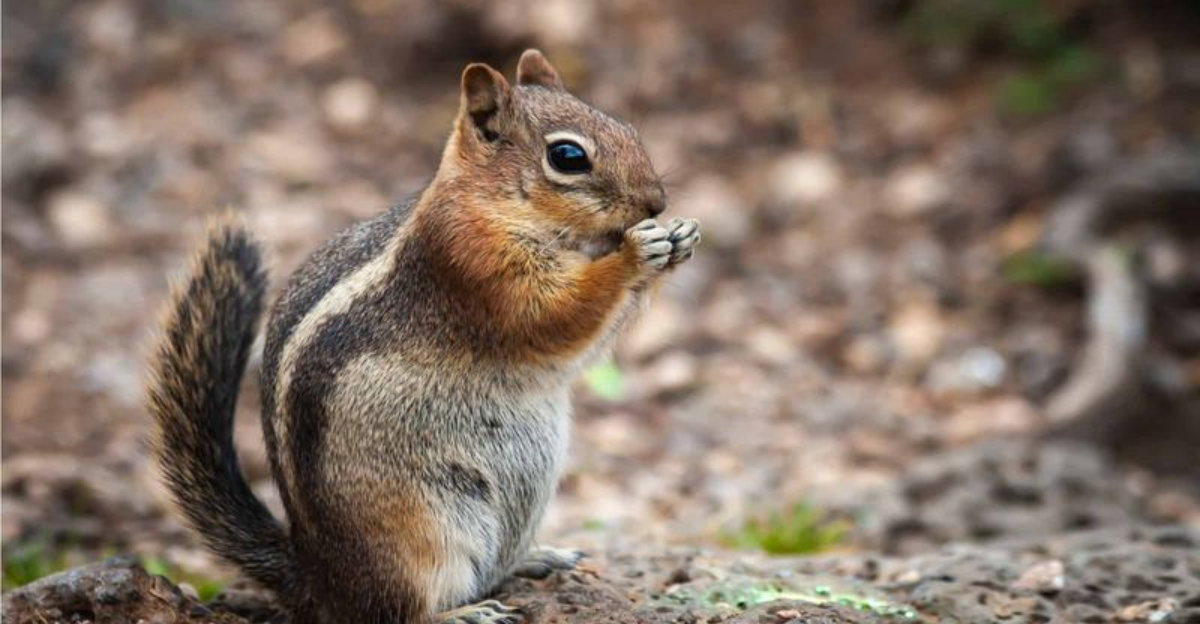
When winter’s icy grip tightens across North America, many animals face a stark choice: migrate, tough it out, or hibernate. Hibernation is nature’s clever survival strategy where animals lower their body temperature, slow their breathing, and conserve energy during food-scarce months.
From tiny chipmunks to massive bears, these remarkable creatures have perfected the art of the winter snooze.
1. Cozy Cave Dwellers: Black Bears
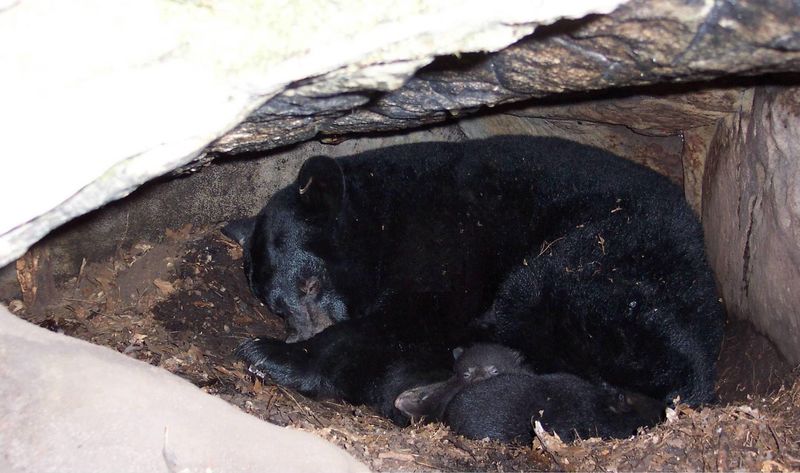
Unlike true hibernators, these burly forest residents enter a lighter sleep state called torpor. During their winter rest, they don’t eat, drink, urinate, or defecate for months!
Female bears even give birth during this drowsy period, barely waking to care for their tiny cubs. Their heart rate drops from 55 to just 9 beats per minute.
2. Pudgy Planners: Groundhogs

Famous for their weather predictions, these rotund rodents are champion hibernators. They gorge themselves silly in late summer, nearly doubling their weight before retreating underground.
During their deep sleep, groundhog body temperatures plummet from 99°F to just 37°F. Their heartbeats slow from 80 to a mere 5 beats per minute – that’s one beat every 12 seconds!
3. Frosty Flappers: Little Brown Bats
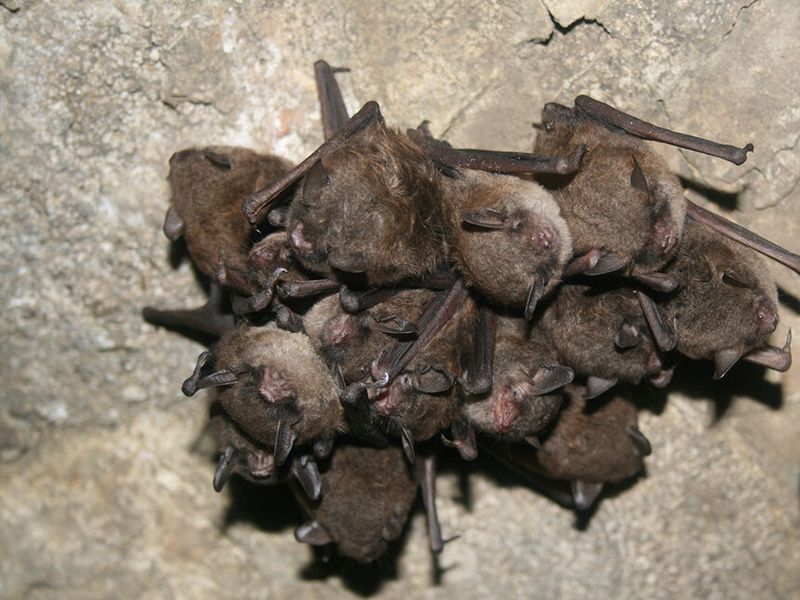
Talk about extreme nappers! These tiny mammals can drop their body temperature to near freezing during hibernation, clustering together in caves for warmth.
Their metabolism slows so dramatically they can survive on just a few grams of stored fat for months. Some colonies hang motionless from cave ceilings, creating spectacular hibernation displays that look like living stalactites.
4. Pocket-Sized Sleepers: Chipmunks
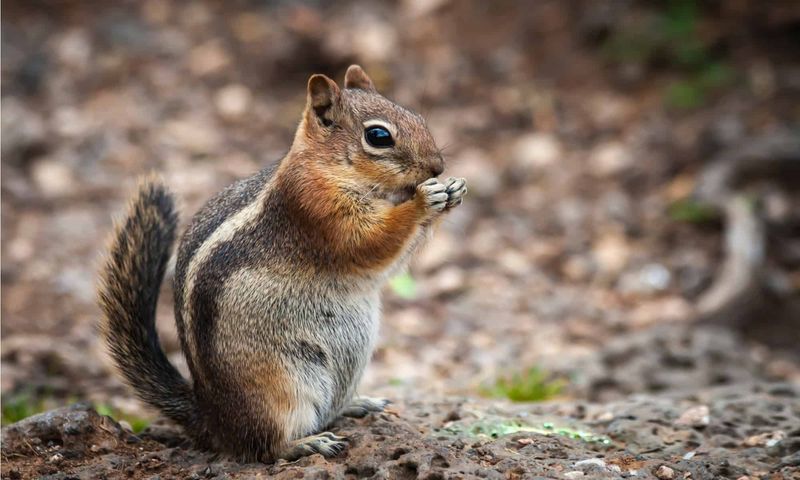
Unlike many hibernators, these striped snackers wake every few days to nibble from their impressive food stashes. Their underground bunkers can contain up to 8 pounds of seeds and nuts!
During deeper sleep periods, chipmunks’ heart rates drop from 350 to just 4 beats per minute. They’re not complete hibernators but masters of the “power nap” approach to winter survival.
5. Marshmallow Mountaineers: Marmots
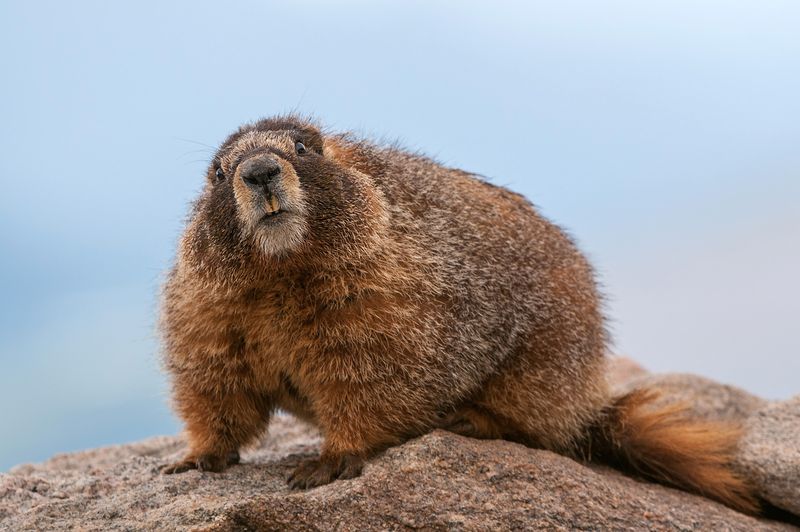
Living in harsh alpine environments, these chubby relatives of groundhogs are hibernation specialists. They spend a whopping 80% of their lives in hibernation – that’s about 7-8 months annually!
Before their big sleep, marmots pack on a layer of fat that nearly doubles their weight. Their body temperature drops from 98°F to just 41°F, conserving precious energy through the brutal mountain winters.
6. Slow-Motion Spikeballs: Hedgehogs
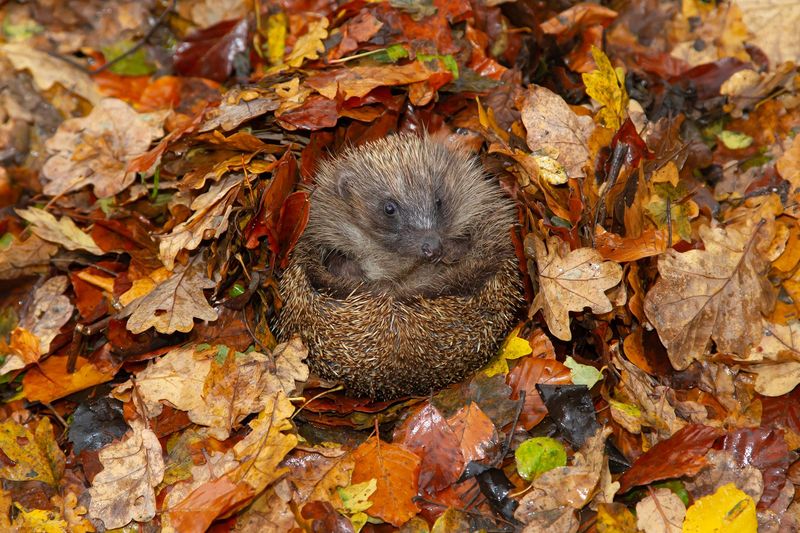
These prickly characters enter a state called torpor when temperatures drop. Their breathing slows to a mere whisper – just one breath every few minutes!
During hibernation, hedgehogs burn through their fat reserves, often losing a third of their body weight. They’ll occasionally wake on warmer winter days, taking advantage of unexpected food opportunities before returning to their leafy nests.
7. Shell-Shocked Snoozers: Box Turtles

When winter approaches, these terrestrial turtles dig themselves underground chambers called hibernacula. They can survive in a near-frozen state, with their heart barely beating once every 5-10 minutes.
Box turtles don’t eat for months during hibernation, relying entirely on stored fat. Amazingly, they can absorb oxygen through their skin while buried, allowing minimal respiration without breathing!
8. Frozen Frogs: Wood Frogs

Nature’s cryogenic masters! These remarkable amphibians actually freeze solid during winter – up to 65% of their body water turns to ice, and their hearts completely stop beating.
Their cells produce a natural antifreeze similar to glucose that prevents fatal ice crystal formation. When spring arrives, they simply thaw out and hop away as if nothing happened – the ultimate cold weather survival trick!
9. Buzzing Bunkers: Bumblebees
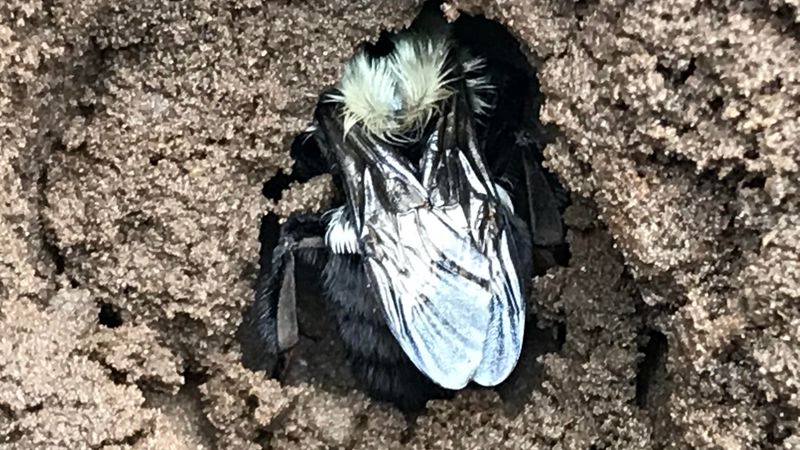
Only queen bumblebees survive winter, burrowing into soil to hibernate while the rest of the colony perishes. These royal nappers can survive temperatures well below freezing!
Queens dig small chambers about 4-6 inches deep, often on north-facing slopes that receive minimal winter sun. After emerging in spring, they single-handedly establish entirely new colonies – talk about a productive wake-up call!
10. Serpentine Sleepers: Garter Snakes
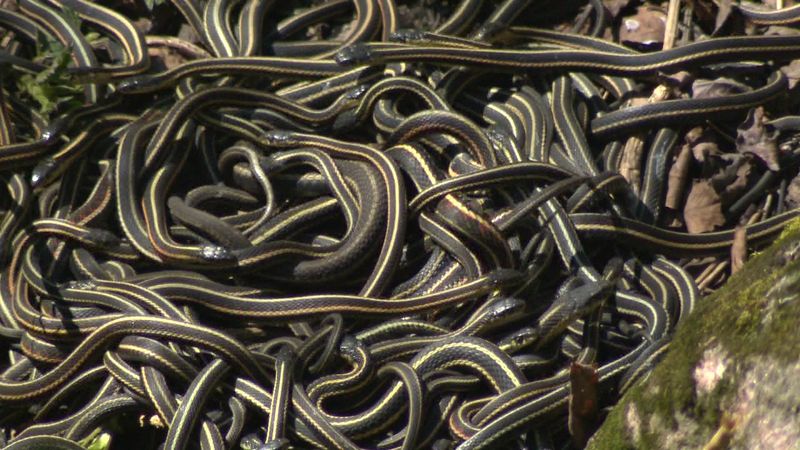
Talk about a slumber party! These common reptiles gather by the hundreds or even thousands in communal hibernation dens called hibernacula, creating writhing masses of snakes.
During their winter dormancy, garter snakes can survive near-freezing temperatures. The impressive group hibernation serves multiple purposes – shared body heat, protection from predators, and convenient spring mating opportunities when they wake up!
11. Mountain Marsupials: Opossums
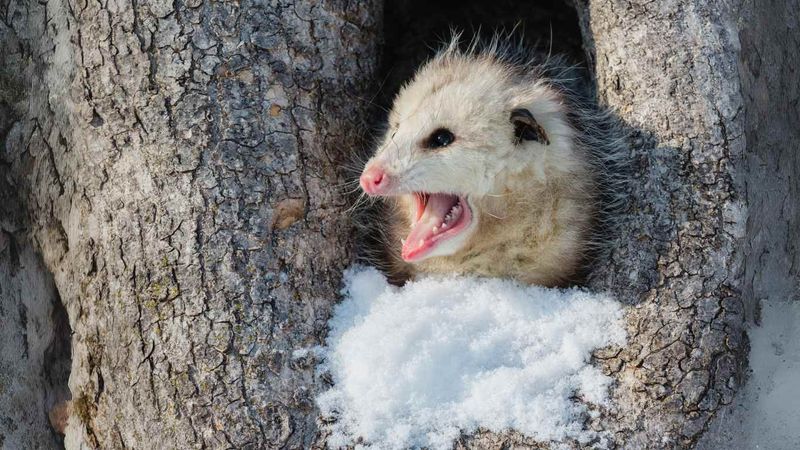
North America’s only marsupial doesn’t truly hibernate but enters torpor during cold snaps. Their ears and tails can actually suffer frostbite during harsh winters!
Instead of seasonal hibernation, opossums use short-term torpor lasting 2-3 days when food is scarce. Their body temperature drops dramatically, and they curl into tight balls in hollow logs or abandoned burrows, conserving precious energy until conditions improve.
12. Scaly Sleepyheads: Prairie Rattlesnakes
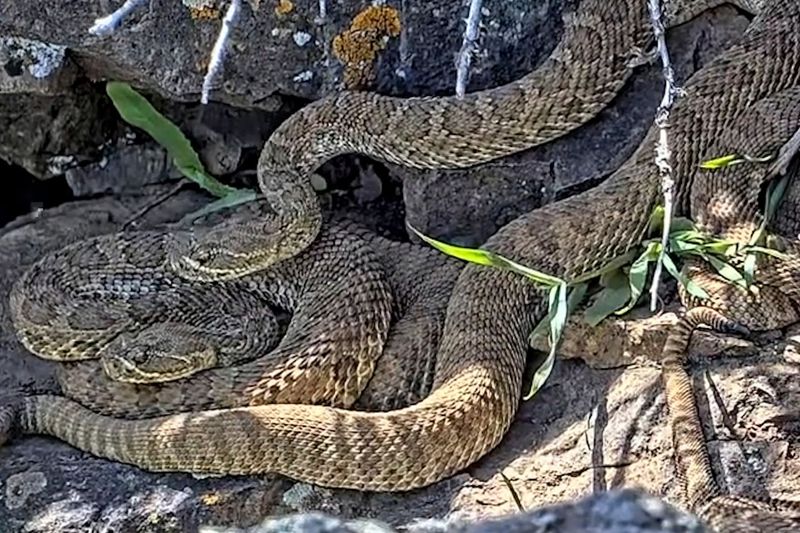
These venomous vipers gather in limestone caverns and rock crevices to brumate – reptile hibernation – sometimes sharing dens with hundreds of other snakes! Their body temperature drops to match their surroundings.
During brumation, rattlesnakes don’t eat for 6-8 months but still need to drink occasionally. They position themselves near den entrances on warmer days, taking advantage of brief temperature spikes before retreating deeper as cold returns.
13. Burrowing Butterballs: Jumping Mice
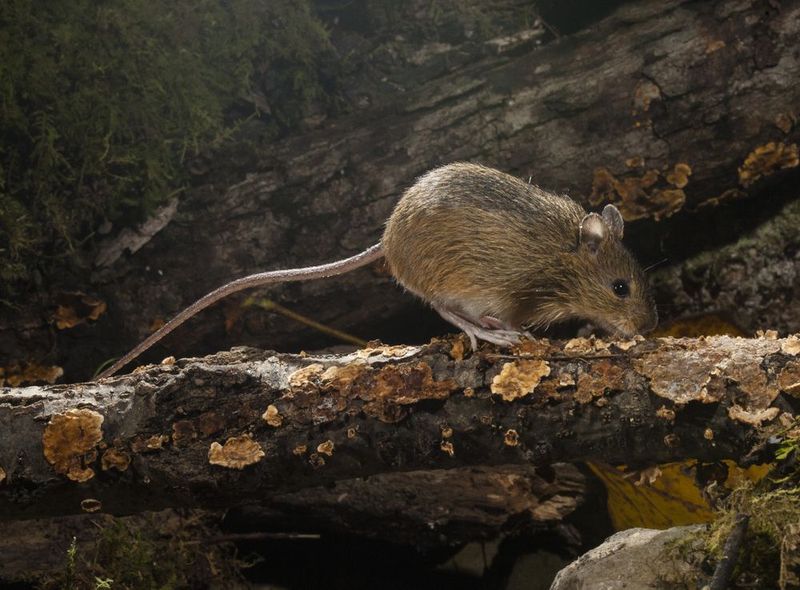
These bouncy rodents are true hibernation champions, sleeping up to 9 months annually! Before their extended nap, they gorge until nearly 40% of their body weight is fat.
Their winter burrows can reach 2 feet underground, below the frost line. During hibernation, jumping mice curl into tight balls, their breathing slows to just 1 breath every few minutes, and body temperature plummets to just above freezing.
14. Chilly Climbers: Raccoons

These masked bandits don’t fully hibernate but enter a state called carnivore lethargy. They can doze for weeks during severe weather, living off their fat reserves while occasionally emerging to forage.
Raccoons often den up in groups of 2-8 for shared warmth during winter. They can lose up to half their body weight during particularly harsh seasons! Unlike true hibernators, their body temperature and metabolism don’t dramatically decrease.

